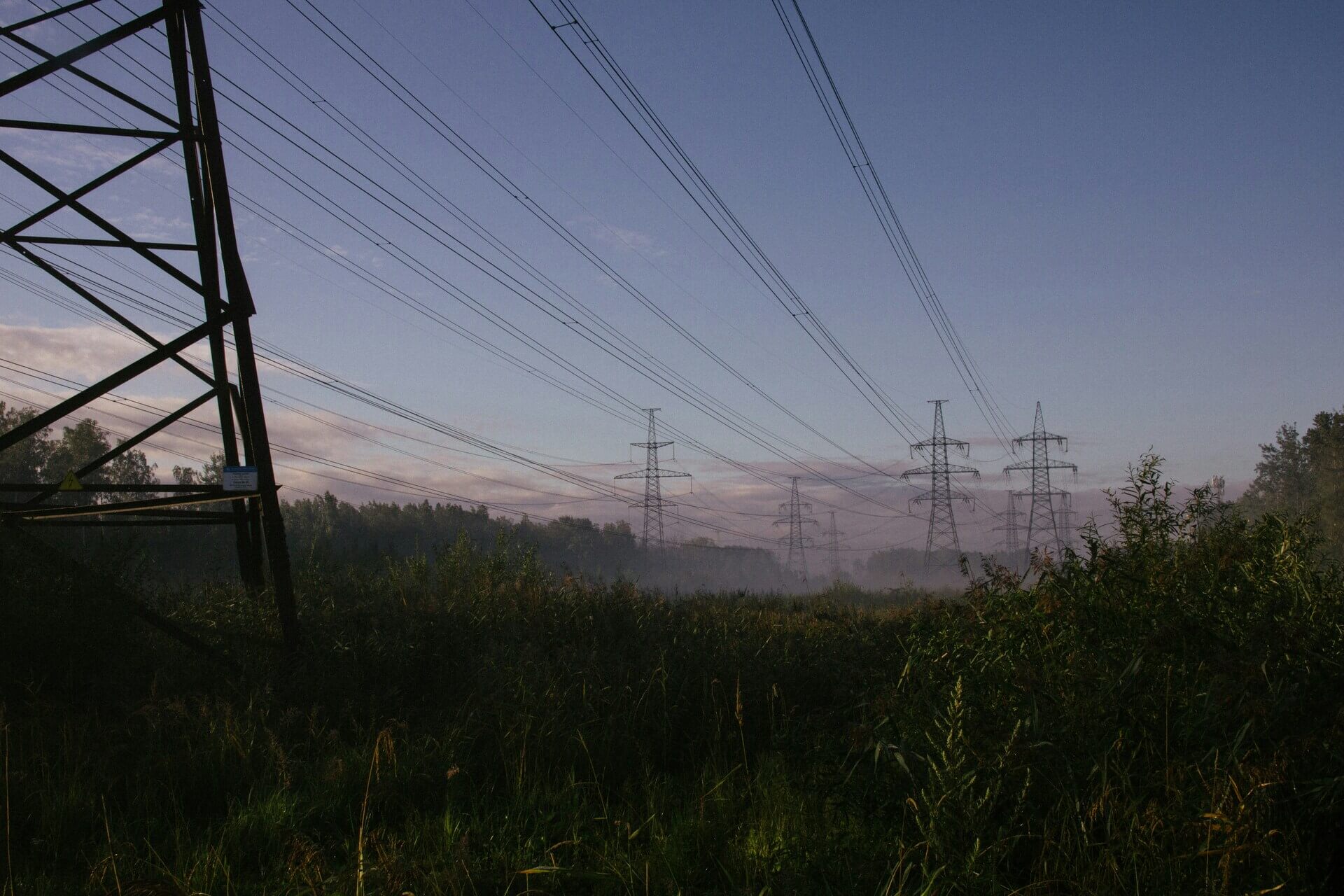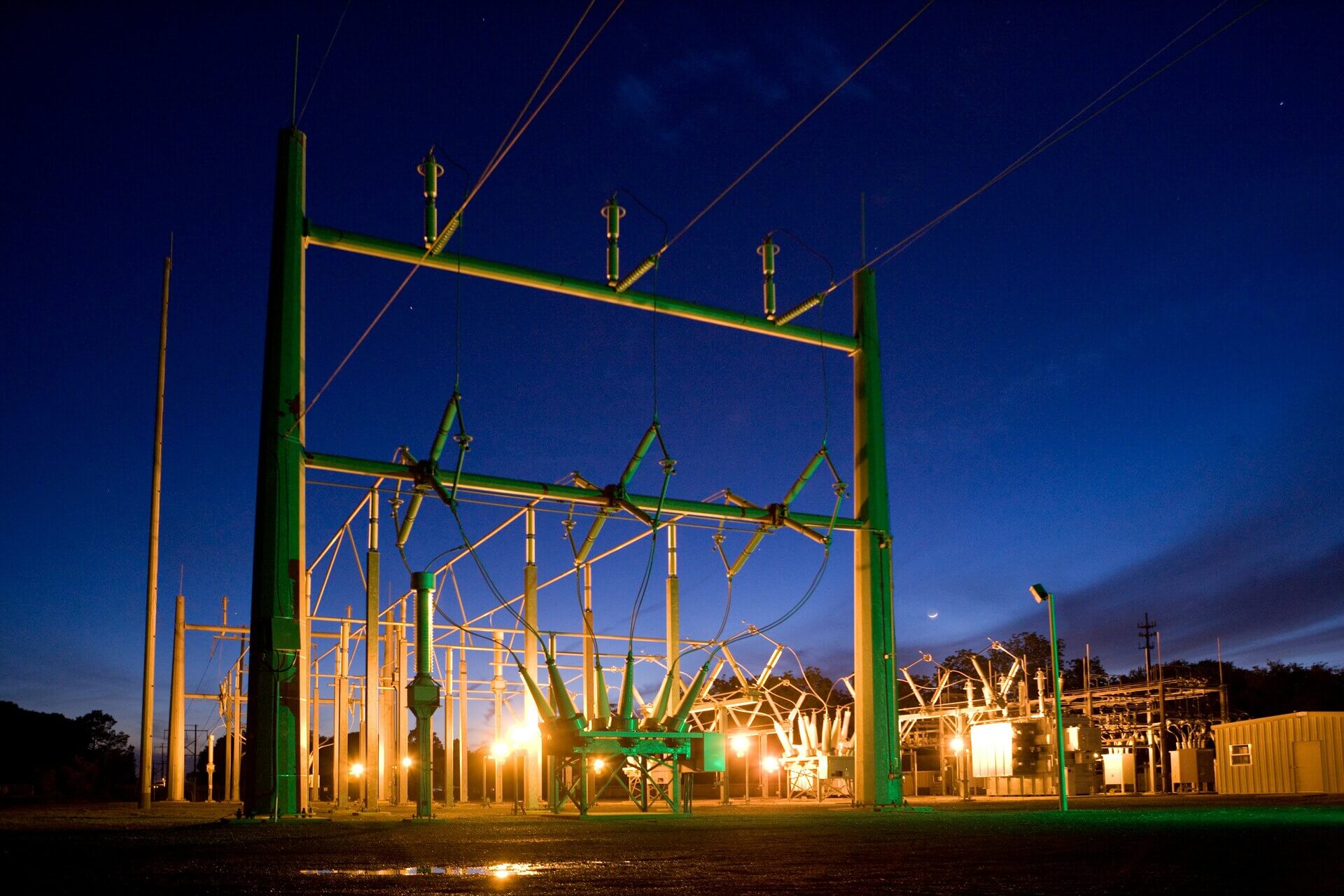Grid Strain, Increasing Natural Disasters, and Regulatory Uncertainty: The Urgent Need for Local Resilience
July 3, 2025
By
Suzanne Dickerson
,
Director North America
, PHENOGY Inc.
"We have an urgent need for more local resilience."
The United States stands on the verge of a major transformation in its energy supply. While record growth in solar installations and electric vehicle adoption creates optimism, grid congestion, slow permitting processes, and uncertainty in the regulatory landscape threaten to stall this progress.
Electricity demand is projected to rise by 16% by 20291, fueled by reindustrialization, increased e-vehicle use, and the proliferation of data centers. While battery storage in the U.S. grew by more than 60% in 2024 transmission build-out is trailing far behind.
At the same time, severe weather events and cyberattacks have exposed the fragility of the centralized grid. Winter Storm Uri in Texas, Hurricane Ida in Louisiana, and wildfires in California have caused widespread outages and infrastructure damage. Additionally, 70% of US utilities report increased cyberattacks targeting both software and physical assets2. These converging factors underscore the urgent need for local resilience and robust energy solutions.

Sodium-Ion Storage: A Safer, More Sustainable Solution
Sodium-ion battery energy storage systems directly address these vulnerabilities. Unlike conventional lithium-ion storage, sodium-ion systems handle temperature fluctuations easier, virtually eliminate fire risk, and offer modular scalability for both urban and rural applications. They also reduce dependency on scarce raw materials like lithium, supporting a more resilient domestic supply chain. By providing stable backup power during outages or cyber incidents, sodium-ion technology strengthens the resilience of critical infrastructure and businesses.

Local Impact: Real-World Benefits Across the States
Recent events have shown the potential impact of decentralized storage. For example, during Winter Storm Uri, electricity consumption in Texas spiked from 40 to 70 GW3, resulting in economic losses of $26–130 billion4. Decentralized storage could have significantly cushioned this blow. In California, wildfires have repeatedly triggered precautionary shutdowns; sodium-ion systems could provide reliable backup and help communities recover faster. Partnerships between manufacturers, utilities, and regional planners in several US cities demonstrate how local leaders are embracing these solutions to build a safer, more resilient energy ecosystem.
Policy Action: Empowering America’s Energy Future
To policy makers and energy leaders: The future of America’s energy security depends on bold action and smart investment in resilient, sustainable storage solutions. Support the adoption of sodium-ion technology to empower communities, protect critical infrastructure, and ensure a stable, clean energy future for all.

References:
1: https://www.bloomberg.com/news/articles/2024-12-05/us-electricity-demand-forecast-to-surge-16-over-next-five-years
2: https://www.reuters.com/technology/cybersecurity/cyberattacks-us-utilities-surged-70-this-year-says-check-point-2024-09-11/
3: https://comptroller.texas.gov/economy/fiscal-notes/industry/2024/energy-demand
4: https://www.sciencedirect.com/science/article/pii/S2214629621001997

.jpg)